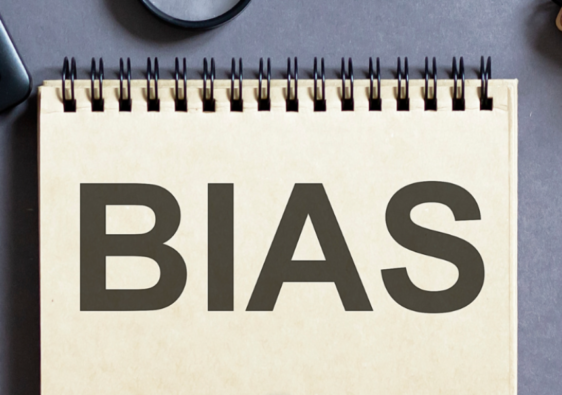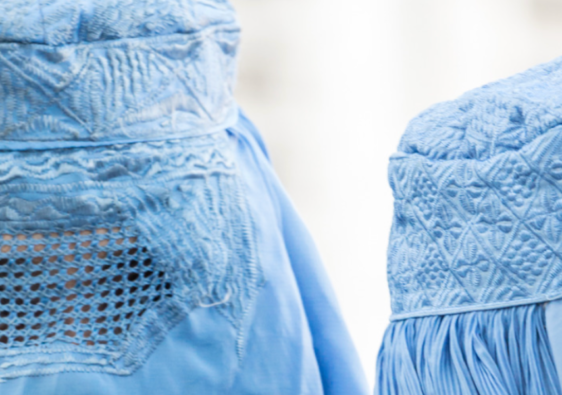Eva Witesman, at the Ballard Center for Social Impact at BYU, is upending the way people think about solving social ills
Alyssa Minor has a story to tell.
“I remember one night in particular. I had been having a really hard day, wondering if I could do (the work in Ghanian orphanages), when I saw the older children out dancing and asked if I could try. I put on their traditional clothing and then I got out there and I was dancing in the rain with them and that was a turning point for me,” said Minor. “I immersed myself in their culture. Loving the things that makes them them, including their culture,” is when the idea of “Love the One” really hit home.
“Love the One” is the first step in the cycle of social change described by Eva Witesman, the director of the Ballard Center for Social Impact at BYU. Instead of jumping to solutions, a common approach in the nonprofit world, Witesman asks her students to “fall in love with the problem,” and even more specifically, “the one.” “We could map the complex systems of global poverty forever and never finish, hoping to wrap our minds around an impossible problem in hopes of solving it, and yet never make a change,” said Witesman. “Or we can effectively reduce suffering for one person by mapping their specific experiences and working at that scale.” Solving social problems by first focusing on “the one” is a methodology Witesman is passionate about.
“We are less concerned with which solution are we using, because no solution is THE solution,” nor is one solution going to be a permanent solution, Witesman said. “We believe in an iterative process where you’re constantly co-designing that intervention with the people who have the lived experience that you’re working with. Because of that,” Witesman said, “we don’t get attached to an organization or an intervention. We fall in love with solving the problem” that impacts “the one.”
When the Ballard Center opened its doors in 2003, it was the Center for Economic Reliance at the BYU Marriott School of Business. In 2010, the center was named the Melvin J. Ballard Center for Economic Self-Reliance, after Melvin J. Ballard, architect of the modern welfare program for The Church of Jesus Christ of Latter-day Saints. Its mission was to give students the necessary tools to help individuals and families everywhere become self-reliant. In 2020, the name was changed to the Melvin J. Ballard Center for Social Impact to better encompass the broad scope of the work done by the center.
Currently, The Ballard Center for Social Impact has students from all colleges and nearly 90% of all departments. Each academic year, more than 3,000 students participate in its “classes, competitions, internships, research, and employment opportunities and with an additional 6,000+ students participating in events such as the Peery Film Series and TEDxBYU.” The center has been designated as a Changemaker Campus by Ashoka U, the leading supporter of social impact education at universities throughout the world.
For students who want a deeper experience than participating in a research project, or attending a single class, for example, undergraduate students can get a minor in Global and Community Impact and MBA students can choose a Social Impact emphasis. Students from multiple disciplines across campus come to the Ballard Center to learn from a variety of professors who generally teach most of their classes in other departments.
The current mission of the Ballard Center is to develop the faith and skills to solve social problems — and to “Do Good. Better.” Sometimes the desire to do good doesn’t always mean that good is done. For example, sending clothes to refugees that are inappropriate for the weather or the culture or the living situation (eg: high heels in a refugee camp) not only is not helpful, it adds additional burdens on those who are on the receiving end to do something with the unhelpful donations.
Students touched by the Ballard Center don’t learn one way to manage a nonprofit, or understand one theory of change. Rather, they learn to work through an entire cycle that starts with “Loving the One,” then moves through identifying and understanding the problem, specifying an outcome, and co-creating solutions with the people they are trying to help, rather than “imposing” a solution that may not be helpful and could even be harmful. Then, the team implements the proposed intervention, measures and evaluates, iterates as needed and, finally, looks at scaling the intervention to be able to serve “the many.”
“My favorite thing about teaching social impact is watching the joy and the passion in the students that I teach because they so very much want to just take this world and make it better,” said Witesman.
This is an excerpt from a longer article I wrote for the Deseret News. You can read it here.



